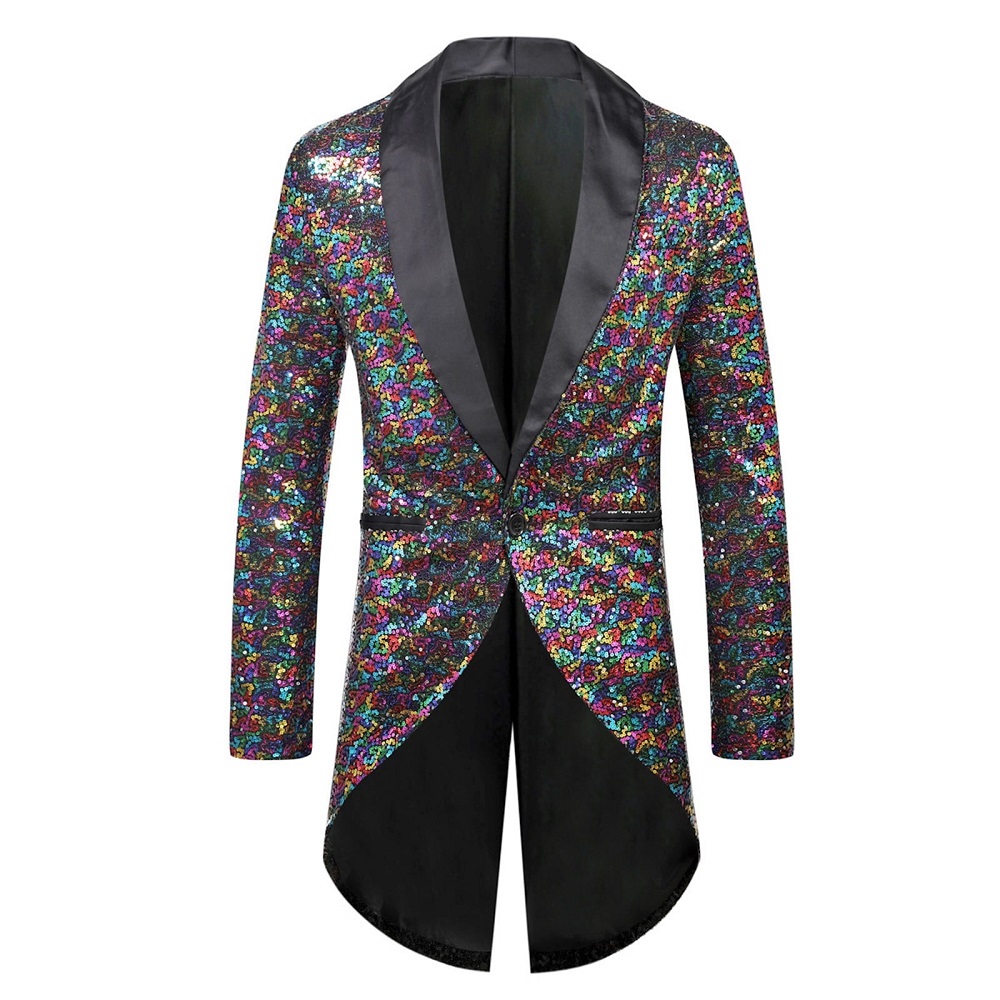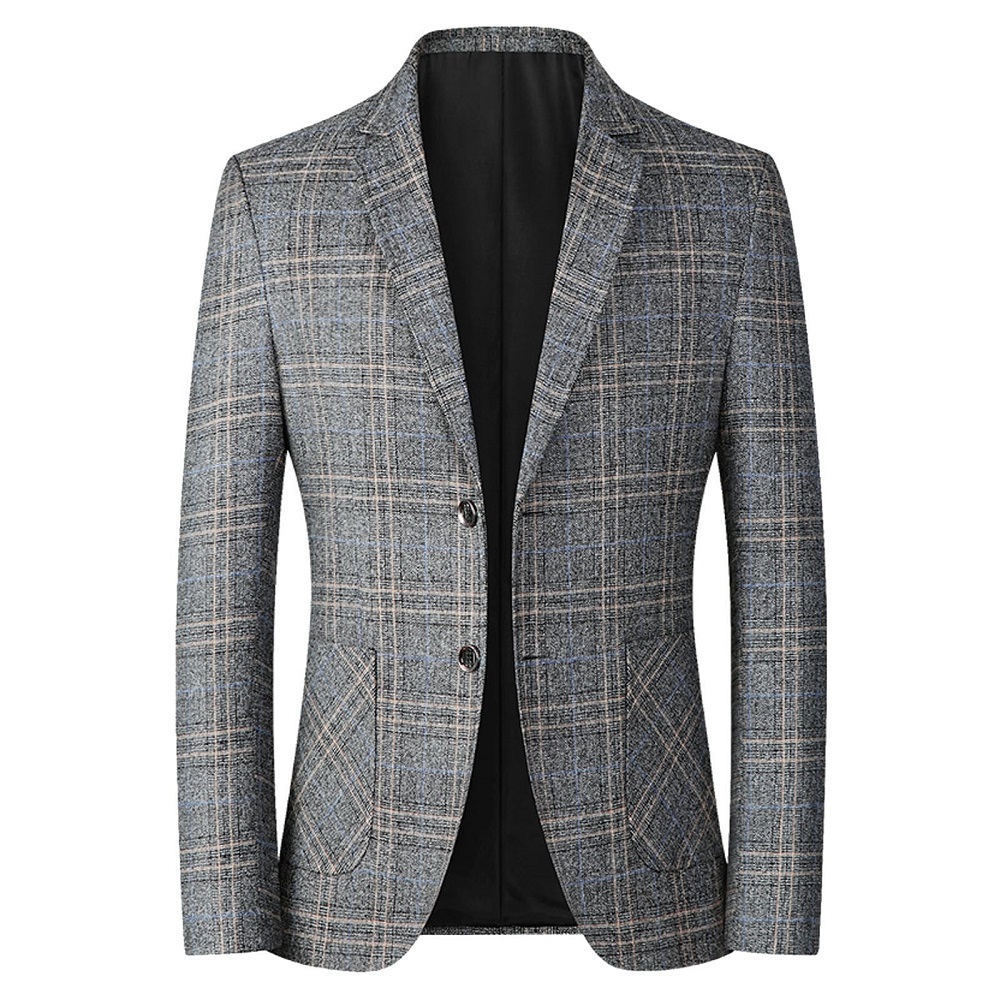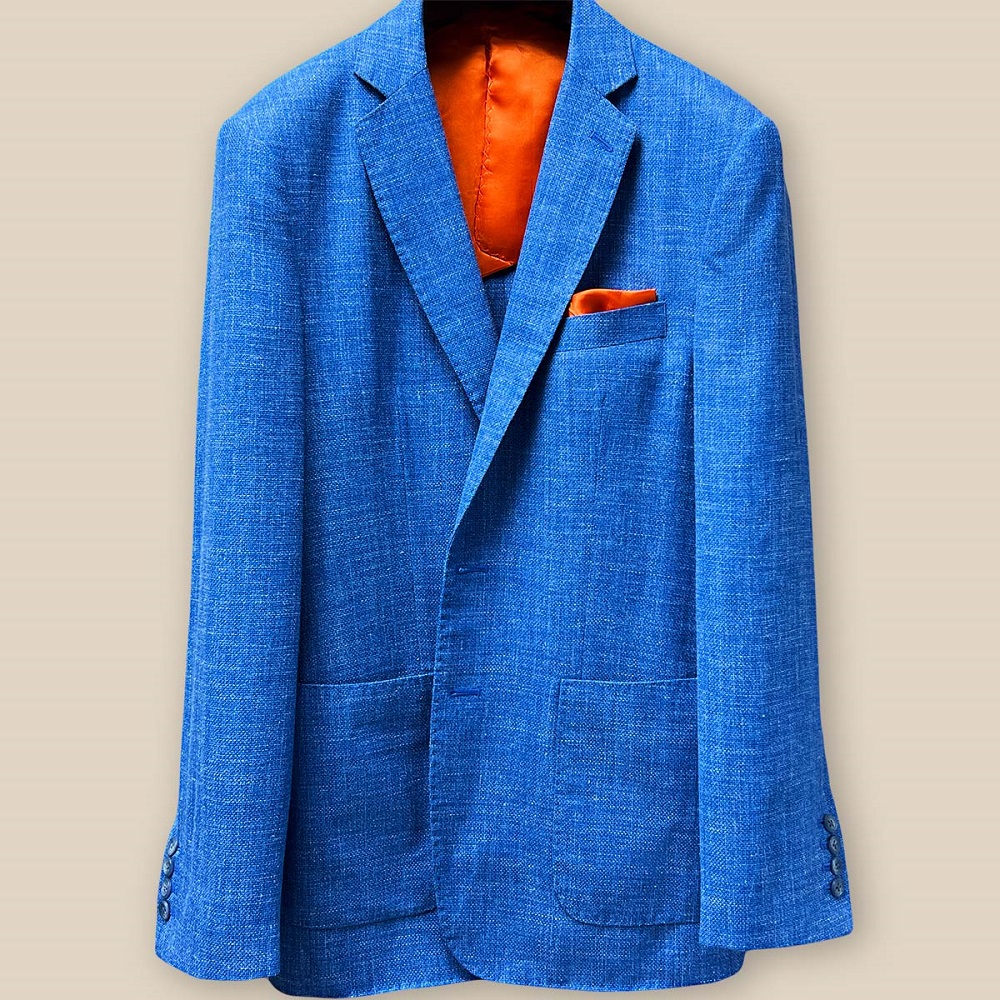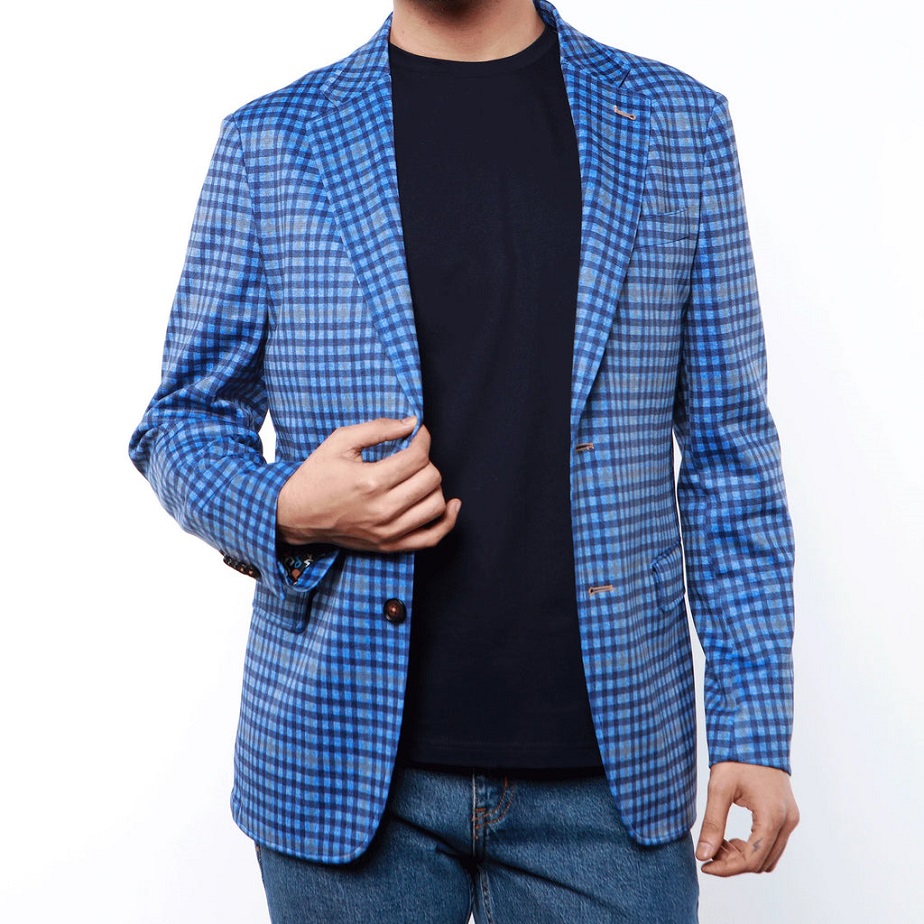Introduction to Sport Coats and Blazers
In the realm of men’s fashion, sport coats and blazers present a varied spectrum of style and formality, positioning themselves between casual wear and formal attire. While both versions might appear similar at first glance, they cater to different settings and preferences, reflecting a diverse approach to men’s outfits.
Sport coats, known for their textured, informal look, usually feature bolder patterns and are made from a variety of rugged materials. They are perfect for less formal or outdoor events where comfort and functionality are key.
Blazers, on the other hand, exude a cleaner, more polished look. Typically presented in solid colors with minimal patterns, blazers are often made from fine wools or blended fabrics, exuding sophistication suitable for business or semi-formal events. The heritage traced back to naval origins imparts a dignified aura around the blazer, aligning it closely with professional and ceremonial attire.
Understanding these distinctions helps in making informed decisions about what to wear in different social situations, ensuring that one is always appropriately dressed while still being able to express personal style preferences.

Understanding the Sport Coat
Origins and Historical Significance
The sport coat, originating in 19th-century England, catered to outdoor activities like hunting and horse riding. Initially, these jackets provided freedom of movement and protection from the elements, enabling gentlemen to maintain an elegant appearance while engaging in countryside pursuits.
Key Characteristics of a Sport Coat
Sport coats stand out with their textured fabrics and casual designs. They often boast bold patterns and are made with materials that ensure both comfort and durability, suitable for less formal settings.
Materials and Fabrics Commonly Used
Tweed, herringbone, and corduroy are favorite choices for sport coats, offering a warm and rugged allure that is apt for cooler environments or outdoor events.
Styling Tips for Sport Coats
To style a sport coat, pair it with contrasting trousers and opt for layers underneath, such as a sweater or a collared shirt. Accessories like pocket squares or a watch can add sophistication to your ensemble.
Decoding the Blazer
Blazers trace their history to British naval uniforms. These classic jackets, originally navy blue with metal buttons, have evolved. Nowadays, they fit into both business and semi-formal settings. While remaining true to their heritage, modern blazers show style and adaptability.
Distinctive Features of Blazers
Blazers stand out for their tailored look, often featuring solid colors and fine fabrics. Unlike sport coats, they usually have a more structured form. This creates a polished appearance perfect for professional settings. Look for blazers with notable buttons, typically in brass or mother-of-pearl.
Preferred Fabrics for Blazers
Blazers favor lightweight materials such as worsted wool, cotton, or blends. These fabrics ensure comfort across seasons, making them a versatile choice. The smooth texture and solid colors maintain the blazer’s sleek profile.
How to Achieve a Polished Look with Blazers
For a sharp look, match a blazer with neat trousers and a crisp shirt. Choose shoes like loafers or derbies to complete the attire. With blazers, less is more – aim for a clean, uncluttered style with well-chosen accessories. This keeps focus on the blazer’s refined nature.
Suit Jackets: Formal Attire Essentials
Suit jackets epitomize formal attire, essential for any polished wardrobe. Distinct from sport coats and blazers, suit jackets are always part of a coordinating set with matching trousers. This uniformity is crucial for creating a sophisticated, seamless appearance that’s ideal for business settings, weddings, and formal events.
The Evolution of the Suit Jacket
The suit jacket has evolved significantly since its inception. Originating in the 19th century, it was primarily a symbol of status among the elite. Today, suit jackets have become a universal standard for formal attire, reflecting professionalism and a sharp aesthetic sense.
Structural Differences from Sport Coats and Blazers
Structurally, suit jackets are more refined than sport coats and blazers. They feature a tailored fit, structured shoulders, and often a more restrained use of fabric patterns. This construction ensures a sleek silhouette, enhancing the formal look.
Tips for Styling a Suit Jacket
To style a suit jacket, coordination is key. Always pair with matching trousers to maintain a cohesive look. Opt for a crisp dress shirt, a conservative tie, and polished dress shoes. Avoid casual accessories to preserve the formal integrity of the outfit.
Occasions and Versatility
When considering the difference between sport coat and blazer selections for various occasions, understanding their versatility is key. Both jackets offer distinct advantages depending on the event, time of day, and level of formality required.
When to Choose a Sport Coat Over a Blazer
Opt for a sport coat for casual or outdoor affairs where comfort is essential. Ideal settings include daytime gatherings, informal business meetings, or casual social events. Its rugged pattern and textured fabric blend seamlessly into relaxed environments.
Transitioning from Day to Night with a Blazer
A blazer, with its smooth fabric and structured look, transitions flawlessly from day to night. It suits business casual during the day and semi-formal events in the evening. Pair with slacks for work or dark jeans for an after-hours event.
Formal Events: The Domain of Suit Jackets
For strictly formal occasions, the suit jacket reigns supreme. Weddings, galas, and high-profile business events call for the complete suit—a suit jacket paired with matching trousers—to maintain a professional and polished look throughout the event.
Material Matters: Tweed, Wool, and More
When selecting a sport coat or blazer, the material is a fundamental consideration. Different fabrics offer distinct qualities, from warmth and durability to texture and drape, influencing both aesthetics and functionality.
Exploring Tweed in Sport Coats
Tweed, a mainstay for sport coats, is revered for its robust texture and insulating properties. Ideal for cooler seasons, tweed exemplifies the quintessential rustic charm of sport coats. Its variety, including patterns like herringbone and checks, imparts a casual, yet sophisticated flair perfect for outdoor and informal settings.
The Significance of Wool in Blazers
Wool’s versatility makes it a popular choice for blazers. Worsted wool, with its fine, smooth texture, lends itself to a cleaner look, suitable for the structured silhouette of a blazer. A wool blazer is adaptable across seasons, offering comfort, elegance, and a professional edge for business or semi-formal occasions.
Combining Fabrics for Seasonal Adaptability
Blending different materials can enhance the functionality of jackets across seasons. Cotton and linen blends in blazers provide breathability for spring and summer, while wool and cashmere in sport coats increase warmth for autumn and winter. These combinations ensure year-round comfort and style.
Selecting an appropriate fabric aligns with the occasion and desired impression, making each choice an extension of personal style. Consider weather, event formality, and comfort when choosing between tweed, wool, or a blend. The right material not only elevates the look but also ensures optimal wear.
Final Thoughts on Style and Function
In conclusion, grasping the difference between sport coat and blazer styles is essential for a well-rounded wardrobe. Both have their unique place in a man’s closet, and understanding when to wear each is key to looking sharp.
How to Select the Right Jacket for Your Needs
When choosing, consider the event’s formality, your existing wardrobe, and personal style. Remember, sport coats lean casual while blazers edge towards semi-formal.
The Importance of Fit and Tailoring
No matter the style, fit is paramount. A tailored jacket, be it a sport coat or blazer, looks sophisticated. Make sure it complements your body shape for the best appearance.
Building a Versatile Wardrobe with Sport Coats and Blazers
Having a variety of jackets lets you adapt to any occasion. Start with basic colors and expand to include different textures and patterns. This way, you can mix and match to create multiple looks with a few key pieces.
By adhering to these simple guidelines, you will navigate social settings with ease, always dressed aptly, whether you’re at a casual gathering or a business meeting. Keep in mind the difference between sport coat and blazer styles as it will reflect in your overall presentation and confidence.


